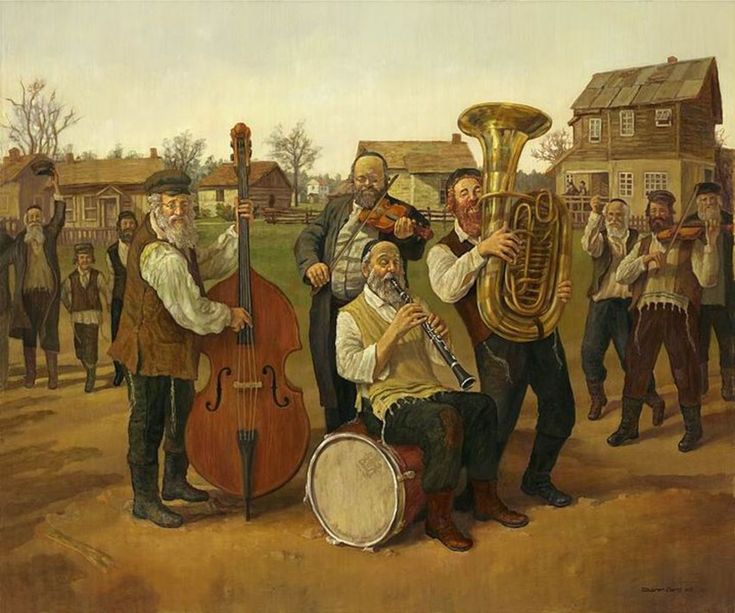Folk songs are traditional music that is often passed down orally from generation to generation. They are closely tied to the culture, history, and identity of the people who create and perform them. Here are some key details about folk songs:
1. Origins and Evolution
- Oral Tradition: Folk songs are typically transmitted orally. Before the advent of recording technology, these songs were learned by listening and then performing them. This process often led to variations in lyrics, melody, and rhythm.
- Cultural Reflection: Folk songs often reflect the life, struggles, joys, and beliefs of the people who create them. They can be about love, work, rituals, celebrations, or historical events.
- Evolution: As folk songs are passed down, they evolve over time, with new verses being added or existing ones being modified. This makes them living documents of cultural and social history.
2. Themes and Subjects
- Daily Life: Many folk songs deal with everyday activities such as farming, fishing, or weaving. They might also describe local landscapes, seasons, and natural events.
- Love and Relationships: Romantic themes are common in folk songs, often reflecting the emotions and experiences of love, longing, heartbreak, and happiness.
- Historical Events: Folk songs can commemorate important historical events, battles, or figures, serving as a form of oral history.
- Mythology and Folklore: These songs often incorporate elements of local myths, legends, and superstitions, blending the real with the supernatural.
- Protest and Social Commentary: Folk songs have often been used to express dissent or to comment on social issues, making them a powerful tool for social change.
3. Musical Characteristics
- Simple Structure: Folk songs usually have a simple, repetitive structure that makes them easy to remember and sing. Common forms include strophic (verse-repeating) and call-and-response.
- Melody and Rhythm: The melodies are often straightforward, and the rhythm can vary widely depending on the region and cultural background. Folk songs are often played in a variety of time signatures.
- Instrumentation: Traditional folk songs are often performed with acoustic instruments native to the culture, such as fiddles, banjos, flutes, accordions, or drums. In some cultures, they may be sung a cappella.
- Vocal Style: The singing style in folk music can vary widely, from the high-pitched ululations of certain African tribes to the deep, resonant tones found in Eastern European folk music. The emphasis is often on clear enunciation to convey the story or message.

4. Regional Variations
- European Folk Music: Often characterized by ballads and dance tunes, with notable traditions in countries like Ireland, Scotland, and England. Instruments like the fiddle, accordion, and bagpipes are commonly used.
- African Folk Music: Rich in rhythm and often involves complex drumming patterns, call-and-response vocals, and the use of instruments like the djembe and kora.
- Asian Folk Music: This includes a wide variety of styles, from the pentatonic scales used in Chinese and Japanese music to the complex ragas of Indian folk traditions.
- American Folk Music: Includes genres such as Appalachian music, blues, and country. Instruments like the banjo, guitar, and harmonica are prominent.
- Latin American Folk Music: Often features rhythmic complexity and incorporates instruments like the charango, panpipes, and various types of drums.
5. Modern Influence and Revival
- Folk Revival: The 20th century saw a resurgence of interest in folk music, particularly during the 1960s with the folk revival movement in the United States and Europe. Artists like Bob Dylan, Joan Baez, and Woody Guthrie brought folk music to a broader audience.
- Folk-Rock and Fusion: Modern musicians have often blended traditional folk elements with other genres like rock, jazz, or electronic music, creating new forms such as folk-rock and world music.
- Preservation Efforts: Organizations and individuals have worked to record and preserve folk songs, ensuring that they are not lost to time. These efforts include field recordings, song collections, and festivals dedicated to folk music.
6. Cultural Significance
- Identity and Community: Folk songs are a key part of cultural identity, helping to foster a sense of community and continuity. They are often sung at communal gatherings, festivals, and rites of passage.
- Educational Value: These songs often serve as a way to teach younger generations about their heritage, history, and moral values.
- Emotional Connection: Folk songs often carry deep emotional resonance, as they are tied to personal and collective memories.
Folk songs continue to be an important cultural and musical expression, reflecting the diversity and richness of human experience across different societies.

